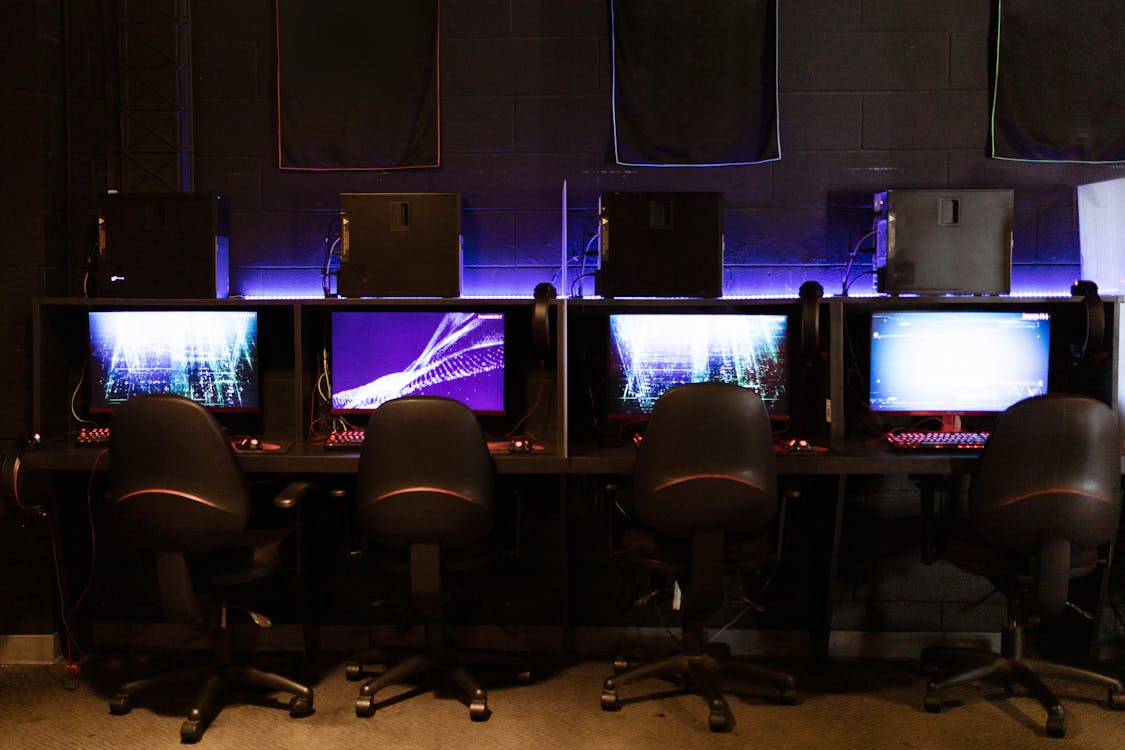The rise of modular gaming PCs: Build less, upgrade more

Once upon a time, building a gaming PC meant rolling up sleeves, diving into compatibility spreadsheets and hoping components did not clash. In 2025 a new approach has emerged: modular gaming PCs. And it is changing everything.
This is not just a trend for tech enthusiasts and content creators – modular builds are redefining how gaming, upgrading and spending are approached.
What is a modular gaming pc?
In the simplest terms, a modular PC is a system built from easily swappable parts that connect with little to no tools or technical know-how. Think of it like gaming LEGO: it’s possible to upgrade the graphics card, RAM, or cooling unit with a satisfying click – not a screwdriver and a migraine.
Manufacturers like Framework, NZXT, and Cooler Master are pioneering this movement, offering cases and components that prioritise ease of access and futureproofing. And while traditional DIY PCs aren’t going anywhere, modular systems are proving especially appealing to newcomers who want high performance without the stress.
Why now?
Gamers have always valued customisability, but a few things have accelerated the modular revolution.
First, we’re seeing more mid-gen hardware improvements. New GPUs and CPUs are releasing faster than ever, and players don’t want to be locked into a build that becomes obsolete in 18 months. Second, the rise of hybrid work setups has pushed more people to invest in machines that serve multiple purposes – gaming, streaming, video editing, even coding. Modular PCs offer flexibility in a world that’s anything but predictable.
Lastly, the rising popularity of flexible payment options and digital gifting – like Amazon E-Vouchers – has made it easier for gamers to invest in individual upgrades over time, instead of dropping thousands all at once.
Performance meets practicality
One of the biggest advantages of modular PCs is the ability to scale a build according to budget and performance needs. A solid mid-tier system for 1080p gaming can be the starting point, followed later by a new graphics card upgrade or, further down the line, a more powerful CPU or larger case for improved airflow.
There are no wasted components and no need to rebuild from scratch – just steady progress.
An added benefit is that many modular components are hot-swappable, allowing certain upgrades without powering down the system. For streamers and content creators this can be a significant time-saver.
Style, portability and futureproofing
Modular systems are designed with sleek aesthetics in mind. Many adopt minimalist, space-saving, and travel-friendly builds. Some incorporate magnetic panels, integrated cable management, or modular I/O ports that allow customisation of the front-panel layout.
But the real genius is futureproofing. As tech evolves, modular PCs offer an easier path to stay current. New cooling tech? Snap it in. Latest GPU? Slide it into the pre-designed slot. It’s the end of tossing entire rigs for one outdated component.
Is this the end of traditional pc builds?
Not quite. Hardcore enthusiasts will always love handpicking every screw and silicon chip. But for the average gamer – or the growing crowd of hybrid professionals – modular PCs offer the perfect balance of performance and practicality.
And with digital storefronts making components more accessible than ever, there is no longer a need to live near a specialist retailer or rely on a hobbyist builder. A wishlist and a few Amazon e-vouchers are often enough to get started.
Final thoughts
Modular gaming PCs represent a shift toward smarter, more sustainable tech culture – one that values flexibility, accessibility and long-term value. They provide an upgrade path that avoids full rebuilds and unnecessary expense, making the future of PC gaming look increasingly practical and cost-effective.
For those seeking additional savings on subscriptions, credits or in-game items, Eneba offers a digital marketplace with a wide range of options.
The editorial unit

























Facebook
Twitter
Instagram
YouTube
RSS